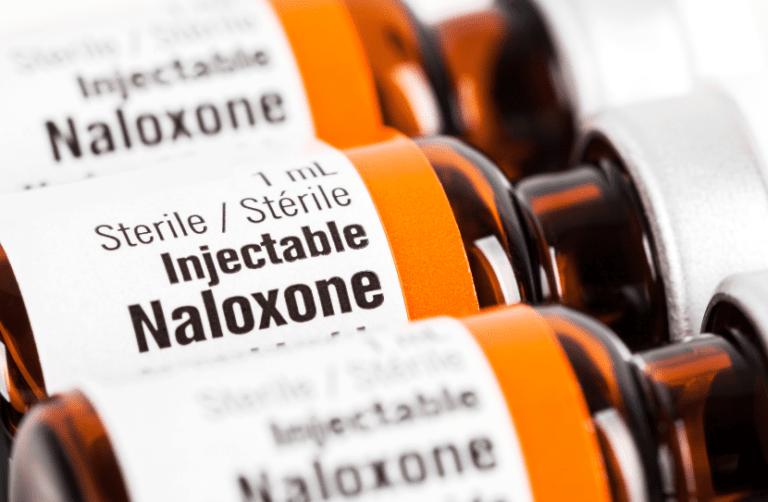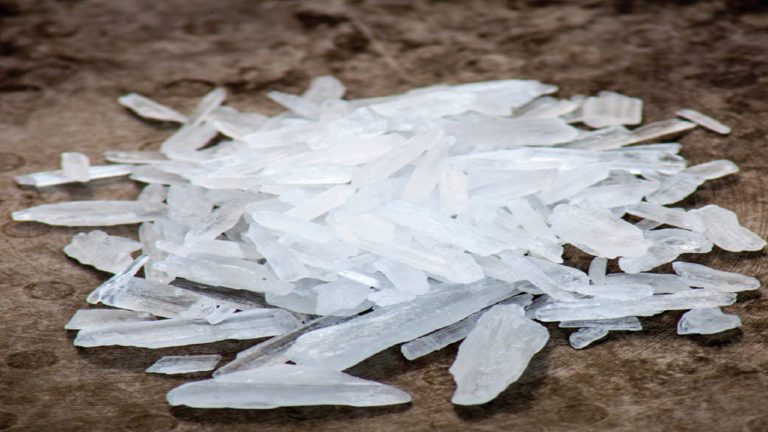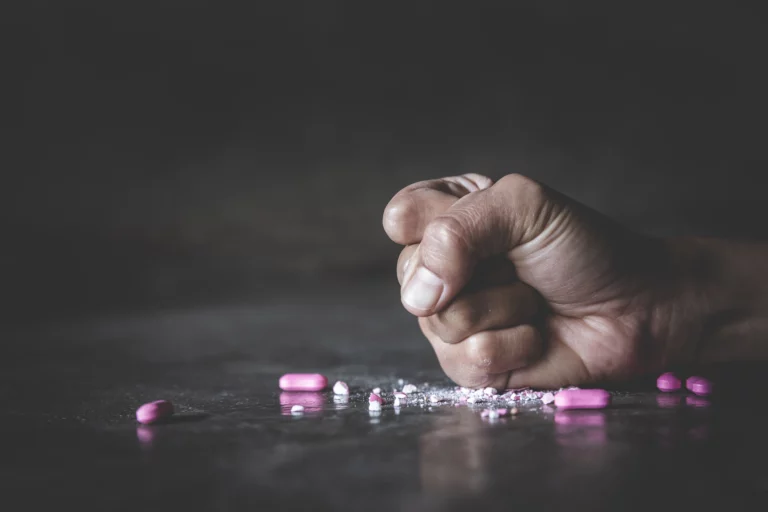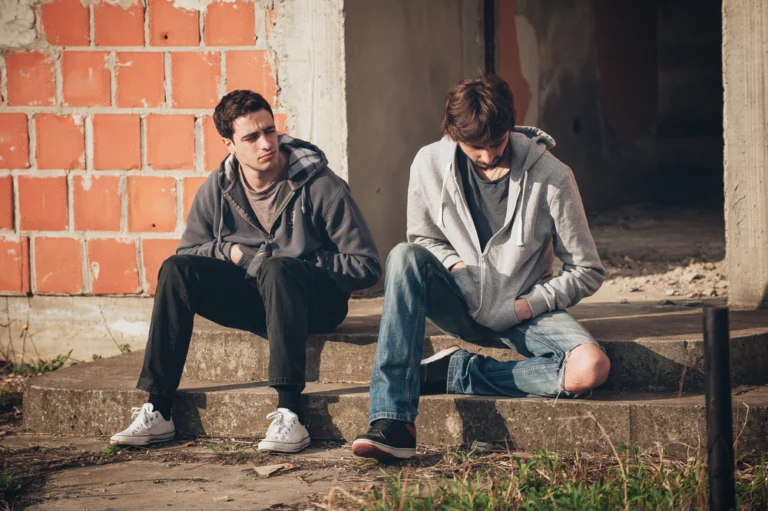The Crack Epidemic of the 1980s
As crack cocaine entered American homes in the early 1980s, the media began reporting on an epidemic. The reports claimed that crack was spreading like wildfire, infecting every corner of the country. By the mid-1980s, there were daily headlines claiming that the crack plague was unstoppable.
Was the crack epidemic of the 1980s as sensationalized as today’s overdose crisis? In some ways, yes, it was. But in other ways, the crack epidemic was very real. In fact, the high visibility of crack during the early 1980s helped spark America’s current opioid epidemic.
In this article, we’ll explore the history of the crack epidemic and its impact on America. We’ll explore the nature of the crack epidemic, its initial causes, and its geographic reach. We’ll also look at the current state of the crack epidemic in the United States.
What is the Crack Epidemic of the 1980s?
The crack epidemic of the 1980s is frequently referred to as the “crack explosion.” The term “epidemic” is usually applied to diseases that are rapidly spreading through a population. Although the number of crack users grew dramatically in the 1980s, the drug itself did not suddenly become more available or more addictive. Instead, the media and public perception of the crack epidemic was greatly shaped by reports of its high level of spread and intensity.
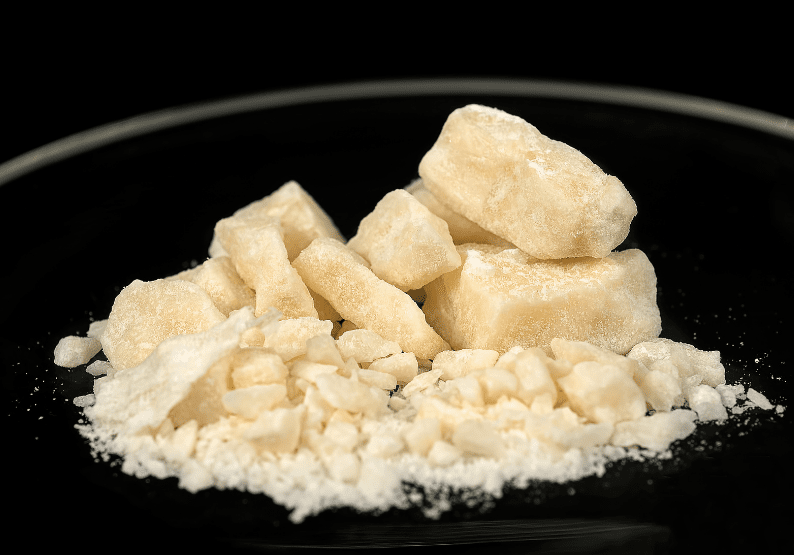
Crack was first made available in the United States in 1976. Its initial popularity was due to the fact that it was cheaper and could be easily smoked in comparison to other forms of cocaine. By the early 1980s, however, crack was flooding inner cities and suburbs across the country.
The Crack Underworld of the 1980s
The crack epidemic of the 1980s was closely linked to the emergence of a powerful drug network in America: the “crack underworld.” The origins of the crack underworld lie in the 1970s, when African-American and Latino gangs began experimenting with ways to make money other than through traditional means, like gambling, prostitution, or burglaries. With the rise of the crack cocaine trade in the 1980s, these gangs began refining their distribution networks to bring in large profits.
The Media’s Role in the Crack Epidemic
The media’s overblown coverage of the crack epidemic was the result of a confluence of factors, including the popularity of drugs among news staff, a growing appetite for lurid stories, and the political use of “scares” to increase funding for law enforcement.
In the early 1980s, journalist and author William J. White noted that “there has been a veritable flood of articles and editorials in the national media warning of the ‘dangers’ of cocaine and officially linking ‘crack’ with ‘explosive violence and homicide.’”
The War on Drugs
The crack epidemic was a major focus of then-President Ronald Reagan’s “War on Drugs.” As we mentioned earlier, the crack epidemic was closely linked to the emergence of the crack underworld. In order to target and dismantle this drug network, the government and law enforcement focused much of their efforts on prosecution of drug possession offenses. This strategy, however, had the opposite effect of what was intended: it pushed drug users towards cheaper and more available drugs like crack.

The Economic Consequences of Crack Cocaine
Crack cocaine’s main economic impact was on the African-American community, which made up most of the crack users. Since the government had focused its drug policy on low-level offenses and criminalization of drug use, crack’s damage was not readily apparent.
However, crack’s damage was significant. According to one study, crack cocaine caused more than 6,000 property crimes, like vandalism, theft, and burglary. It also led to more than 4,000 violent crimes, like assaults, murders, and sex attacks.
The Current State of Crack Cocaine Use in the U.S.
Cocaine use in the United States remains at historically high levels, with more than two million current users. The rate of cocaine use among adolescents has grown more than threefold since the 1980s. Most troubling, the current rate of cocaine use among African Americans aged 12-17 is 6.5 times the rate among whites.
Although the crack epidemic is often cited as the main reason for America’s current cocaine crisis, the same statistics show that the rate of cocaine use among African Americans remained relatively high before crack cocaine came along. In other words, the current level of cocaine use in the U.S. predates the crack epidemic by many years.
Summing up
Although the media exaggerated the crack epidemic of the 1980s, the drug really did cause significant damage to America’s inner cities. The crack underworld of the 1980s was closely linked to the emergence of the crack epidemic, but the damage it caused was not readily apparent. The high levels of drug use that preceded the crack epidemic were largely ignored, however, because of the “war on drugs” and the confluence of factors that led to the media’s exaggeration of the crack epidemic’s impact.
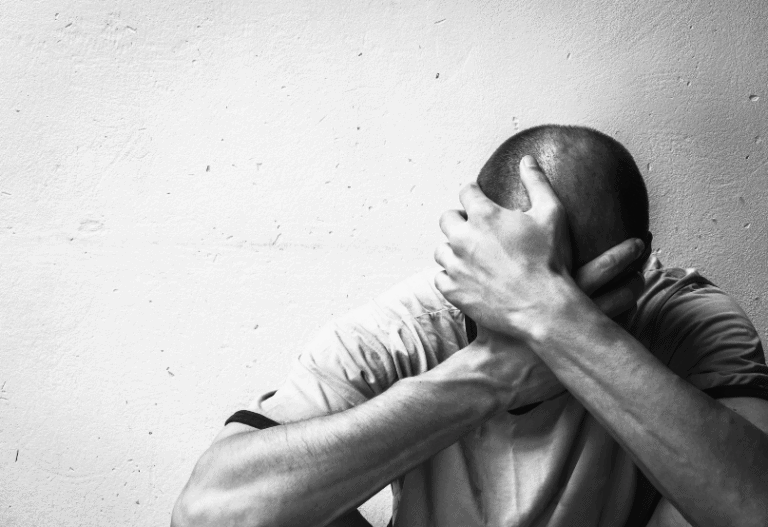
Oasis Recovery Can Help
Addiction can affect anyone. If you or a loved one are currently struggling with addiction, help is available! We encourage you to reach out to the professionals at Oasis Recovery to learn more about our personalized treatment programs and mental health services. Oasis Recovery was founded from firsthand experience of addiction and recovery, with a mission of providing a space where people can heal from addiction in a compassionate, creative, open-minded, and heart-centered environment. We believe recovery is always possible. Our experts work with you to design a treatment plan that fits your needs. Common treatment programs include:
- Intensive Outpatient Programs (IOP)
- Full-time Addiction Treatment on campus
- Aftercare Services
Contact us today for more information about how our programs and services can help you get your life back on track. You no longer have to struggle with addiction on your own. We are here to help.



